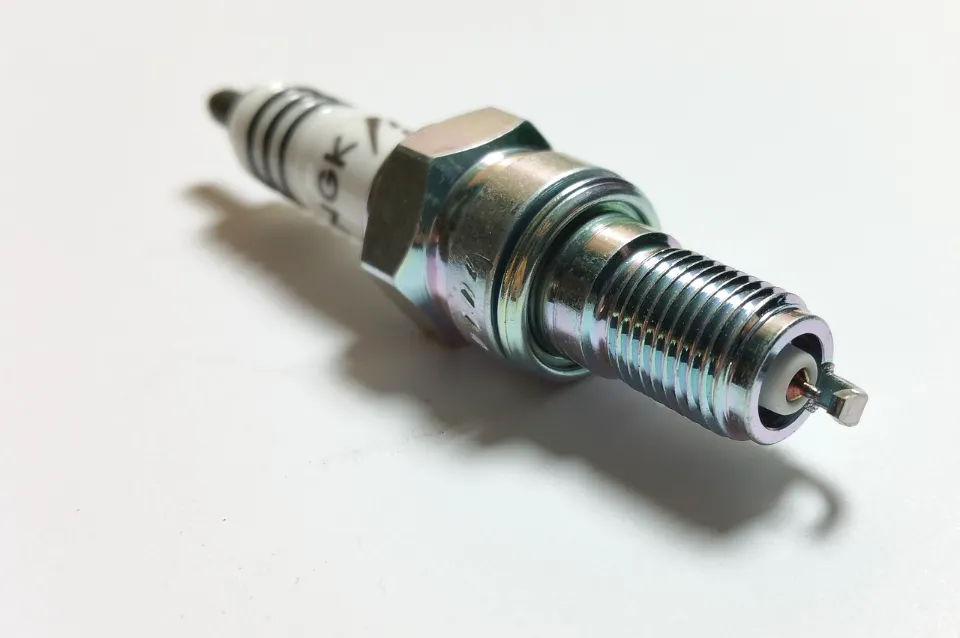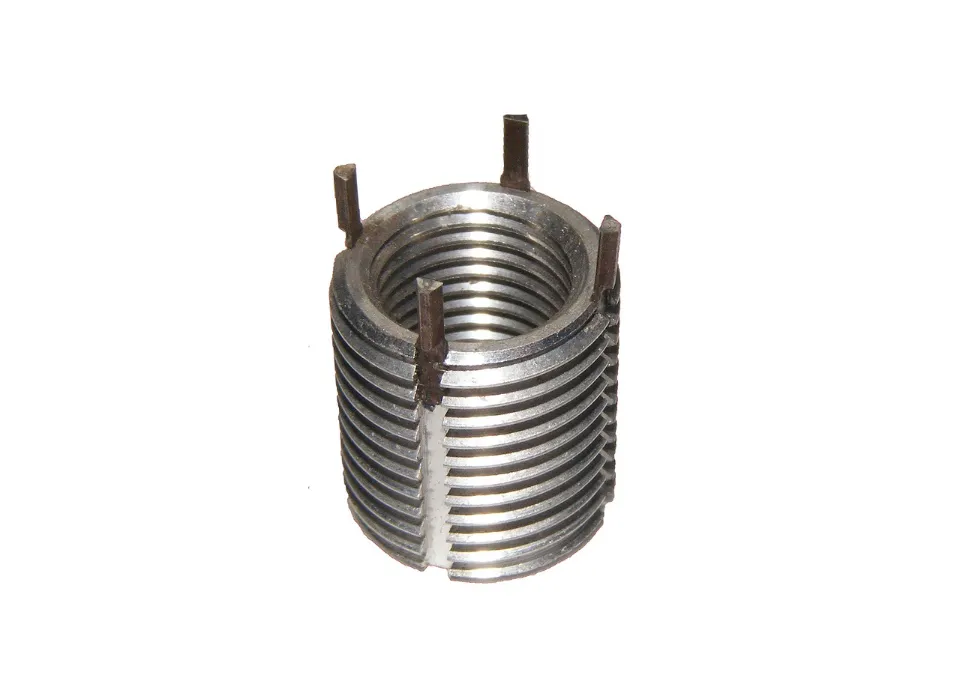Gas-powered cars need tune-ups every 60,000 to 160,000 miles, and one of the main tasks finished during a tune-up is replacing spark plugs. However, the spark plugs may already be fouled before you reach that service interval if your engine floods or you experience misfire problems that cause your car to run improperly.
If the electrodes are still in good condition, you can usually clean a spark plug rather than replacing it. Since spark plugs typically cost between $10 and $25 each, there is a chance to cut costs while still getting your engine running properly. Find out more about cleaning spark plugs by reading this.

Table of Contents
How to Clean Spark Plugs
Pop Out the Spark Plug
Remove the cover or shroud if it is covering the spark plug. Then pull off the thick wire located on the top of the spark plug. It’s possible that the wire won’t come off right away; tug on it while wriggling it back and forth to make it more pliable.
The spark plug can now be unscrewed and removed from its socket using a spark plug wrench.
Check for Build-Up on the Spark Plug
As the spark plug sits inside the engine’s combustion chamber, check the tip. Your engine is functioning properly if the tip is light gray in color and dry. If the tip has fluffy black carbon deposits, the engine needs more oil. The engine may be burning additional crankcase oil if the tip is slick and oily.
Wipe Down the Spark Plug
Visit an auto parts store and purchase some brake cleaner. The usual packaging is spray cans. For cleaning spark plugs if none are available, WD-40 also works well.
Aiming for dirty areas, spritz the cleaning solution on the plug. Any dirt and gunk will disintegrate with the cleaner. Wipe away any extra dirt with a fresh rag, then repeat the procedure until the spark plug is spotless.
Thoroughly Clean the Spark Plug Tip
The tip is the most important part of a spark plug, because that is where the spark is generated, and therefore needs the most thorough cleaning. On the end of the spark plug that inserts into the engine, there is a small piece of metal: the electrode. When this gets dirty, it needs cleaning for the spark plug to perform properly.
There are several methods for cleaning the spark plug. For the best results, you can use each one separately or in combination.
Using Sandpaper
You’ll need some sandpaper with a 220-grit rating. Start sanding by slipping the sandpaper under the electrode’s bent portion. You want to remove discolored build-up on the metal. Sand the tip until you can see bare metal there by rubbing the sandpaper back and forth.
Using a File
File down any dirty parts of the spark plug. To clean every nook and cranny, you can fit the file in there between the spark plug and the electrode. When you can see clean metal underneath, remove any buildup.
Using a Wire Brush
Scrub the spark plug threads with a wire brush. With the oil and dirt removed, it will be simpler to reinstall it in the engine. To remove the majority of the dirt, scrub in the thread’s direction. Then, change your rubbing position to complete the cleaning.
Get the biggest clumps of dirt cleaned up; you don’t need perfectly clean threads. To prevent stab wounds from the wire brush on your hands, I advise wearing gloves while cleaning.
Using a Blowtorch
Wear gloves to shield your hands from the flames and hot metal as a matter of safety. To avoid handling the hot plug directly, hold the spark plug with a pair of pliers. Holding it as far away from you as you can requires the use of long pliers. In order to avoid damaging the spark plug while still obtaining a secure grip, try not to clamp down with the pliers too firmly.
Start the blowtorch, then hold the spark plug inside the flame. As they are inside a running engine, spark plugs are designed to withstand high temperatures. Any remaining fuel or oil build-up on the plug will be ignited by the fire and burned off. To expose the plug to the flame evenly, turn it around.
Remove the spark plug from the flame as soon as you notice the electrode beginning to glow hot red and turn off the blowtorch. On a surface that won’t catch fire, let the spark plug cool.

Blow Off Debris With An Air Gun (Optional)
The spark plug can be hit with pressurized air to remove any last bits of loose dirt or dust after you’ve finished cleaning it. Attach an appropriate tip size to your air gun because you will need to insert it into the spark plug’s hole. Use a long tip that can reach the spark plug well’s bottom as closely as possible. Give it a few pumps to clear out any debris and blow everything out.
Reinsert the Spark Plug
Before popping the spark plug back into the engine, you will need to set the gap between the plug and the electrode. You can accomplish this using gap tools. To determine the precise measurement you need to set the gap to, consult the machine’s manual.
Conclusion
Clean the spark plug holes if you find oil on the plug wires while cleaning or replacing old spark plugs for effective operation. When you clean or replace an old spark plug, you’ll also need to check out the spark plug wires. You must replace the damaged cable if you discover any wire breaks because otherwise, the problems will persist. You should now know how to thoroughly clean spark plugs. Anyone can access it because it’s simple, quick, and easy.
FAQs
Can WD-40 Clean Spark Plugs?
Cleaning spark plugs works best with WD-40 Multi-Use Product. Apply WD-40 Multi-Use Product to a microfiber cloth and rub it over the spark plug. You can even spray WD-40 directly on the spark plug & then wipe it down using a soft, clean cloth.
Should I Put Lubricant on Spark Plugs?
Pre-ignition can cause serious engine damage and metal shell stretch alters the spark plug’s heat rating. NGK spark plugs shouldn’t be lubricated or treated with anti-seize. It is completely unnecessary and can be detrimental.
What Does a Weak Spark Look Like?
When lit by the sun, a good spark will be blue-white and easily noticeable. If a good spark is present, the problem is probably not in the ignition system. Examine the fuel system and/or the stark timing. In the daylight, weak sparks may be difficult to see because they are orange or red.
What Color is Good Spark?
bright blue
The effectiveness of an ignition coil is dependent on spark color. The combustion process of the air-fuel mixture is ignited by a spark from a spark plug in a spark-ignition engine, which is typically a petrol engine. A bright blue spark is best. A yellow or orange spark indicates insufficient ignition.





